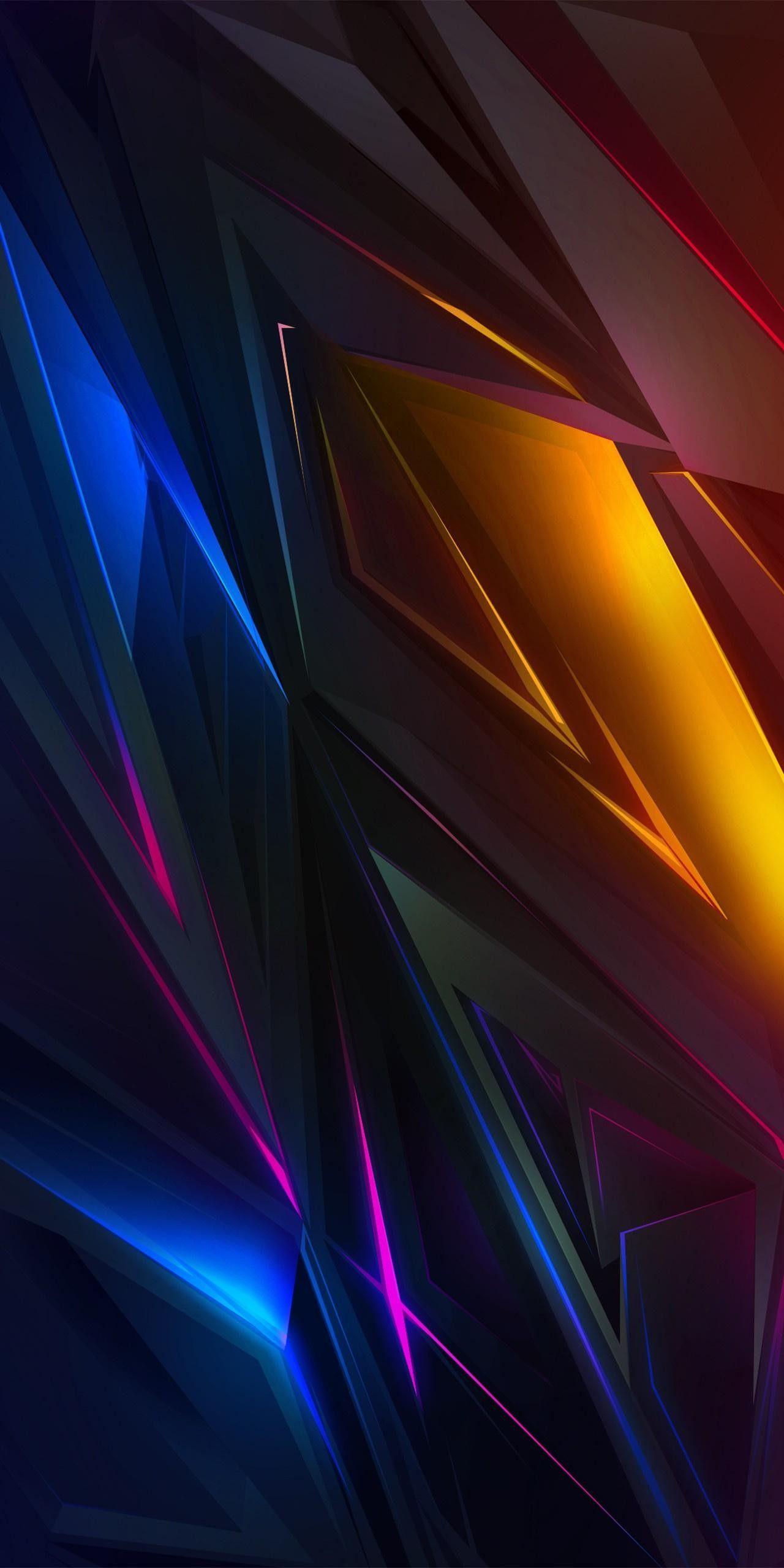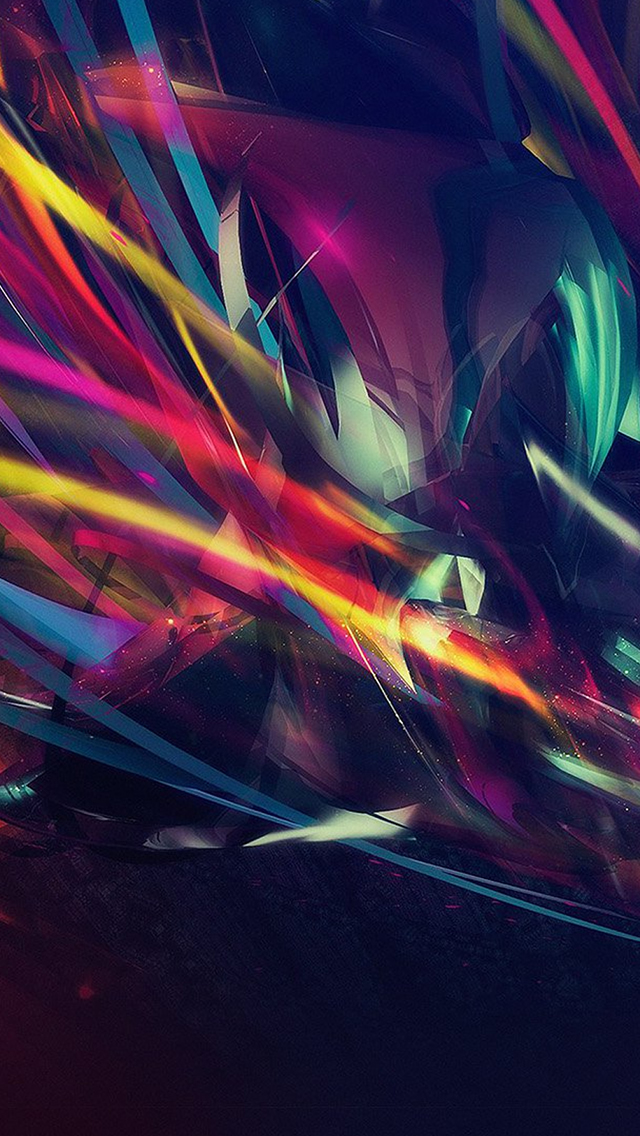The Art of the Line: Exploring the Impact of iPhone Wallpaper Lines
Related Articles: The Art of the Line: Exploring the Impact of iPhone Wallpaper Lines
Introduction
In this auspicious occasion, we are delighted to delve into the intriguing topic related to The Art of the Line: Exploring the Impact of iPhone Wallpaper Lines. Let’s weave interesting information and offer fresh perspectives to the readers.
Table of Content
The Art of the Line: Exploring the Impact of iPhone Wallpaper Lines

The visual landscape of our digital lives is often overlooked, yet it profoundly influences our interactions with technology. One subtle yet impactful element in this landscape is the use of lines in iPhone wallpaper. While seemingly simple, these lines possess a remarkable ability to shape our perception of the device, influencing both aesthetic appeal and user experience. This article delves into the multifaceted world of iPhone wallpaper lines, exploring their diverse applications, psychological effects, and the artistry they embody.
The Power of Lines in Design
Lines are the fundamental building blocks of visual communication. They possess a remarkable power to evoke emotions, convey meaning, and establish structure. In the context of iPhone wallpaper, lines can be utilized in a myriad of ways to achieve specific design objectives.
1. Creating Visual Hierarchy: Lines can effectively guide the user’s eye across the screen, establishing a clear visual hierarchy. Vertical lines, for instance, can emphasize the length of the display, while horizontal lines can create a sense of depth and separation.
2. Defining Space and Form: Lines can be used to define boundaries, creating a sense of enclosure or separation within the wallpaper. This can be achieved through the use of geometric shapes, abstract patterns, or even the subtle interplay of light and shadow.
3. Adding Depth and Texture: Lines can add a sense of dimensionality to the wallpaper, creating the illusion of depth or texture. This can be achieved through the use of gradients, subtle variations in line thickness, or the application of perspective.
4. Evoking Emotions and Associations: Different types of lines evoke distinct emotions and associations. For example, sharp, angular lines can convey a sense of energy and dynamism, while curved lines can evoke feelings of tranquility and peace.
5. Enhancing Brand Identity: Lines can be used to reinforce a brand’s visual identity, creating a cohesive and memorable aesthetic. This can be achieved by incorporating elements from the brand’s logo or color palette into the wallpaper design.
Psychological Impact of Lines
Beyond their purely aesthetic qualities, lines possess a profound psychological impact on the user. Research in visual perception and psychology has revealed that different types of lines evoke specific emotional responses and cognitive processes.
1. Horizontal Lines and Stability: Horizontal lines are often associated with calmness, stability, and a sense of groundedness. They can create a sense of security and relaxation, promoting a more focused and productive user experience.
2. Vertical Lines and Power: Vertical lines, on the other hand, are often associated with strength, power, and ambition. They can evoke a sense of dynamism and energy, promoting a more focused and goal-oriented user experience.
3. Diagonal Lines and Movement: Diagonal lines are often associated with movement, energy, and dynamism. They can create a sense of excitement and anticipation, encouraging the user to engage with the device.
4. Curved Lines and Harmony: Curved lines are often associated with harmony, fluidity, and grace. They can create a sense of comfort and relaxation, promoting a more intuitive and enjoyable user experience.
5. Intersecting Lines and Complexity: Intersecting lines can create a sense of complexity and depth, adding a layer of intrigue and engagement to the wallpaper design.
Types of iPhone Wallpaper Lines
The world of iPhone wallpaper lines is diverse and multifaceted, encompassing a wide range of styles, patterns, and aesthetics. Here are some of the most popular and influential categories:
1. Geometric Lines: Geometric lines are characterized by their precise and symmetrical forms. They often create a sense of order, structure, and visual harmony. Examples include grids, stripes, and tessellations.
2. Abstract Lines: Abstract lines are characterized by their free-flowing and unpredictable forms. They often evoke a sense of creativity, spontaneity, and artistic expression. Examples include brushstrokes, splatters, and organic patterns.
3. Minimalist Lines: Minimalist lines are characterized by their simplicity and elegance. They often create a sense of clarity, focus, and visual tranquility. Examples include single lines, geometric shapes, and negative space.
4. Natural Lines: Natural lines are inspired by the forms and patterns found in nature. They often evoke a sense of serenity, beauty, and organic growth. Examples include tree branches, flowing water, and mountain ranges.
5. Textual Lines: Textual lines incorporate typography and lettering into the wallpaper design. They can be used to create a sense of personality, storytelling, or even a personal message. Examples include quotes, lyrics, and handwritten notes.
Creating Effective iPhone Wallpaper Lines
While the possibilities for iPhone wallpaper lines are endless, certain principles can guide the design process, ensuring a visually appealing and effective outcome.
1. Consider the Device: The dimensions and aspect ratio of the iPhone screen are crucial factors to consider when designing wallpaper lines. The lines should be proportionate to the screen size, ensuring a balanced and harmonious composition.
2. Choose a Color Palette: Color plays a significant role in conveying emotion and establishing a visual mood. Carefully selected colors can enhance the impact of the lines, creating a cohesive and aesthetically pleasing design.
3. Experiment with Textures and Patterns: Adding texture and patterns to the lines can add depth and complexity to the wallpaper design. This can be achieved through the use of gradients, subtle variations in line thickness, or the application of visual effects.
4. Balance Simplicity and Complexity: The design should strike a balance between simplicity and complexity. Too much visual clutter can be overwhelming, while too much simplicity can be boring.
5. Consider the User Experience: The wallpaper design should be aesthetically pleasing and functional. The lines should not interfere with the user’s ability to interact with the device, and they should enhance the overall user experience.
FAQs about iPhone Wallpaper Lines
Q: What are the benefits of using lines in iPhone wallpaper?
A: Lines can enhance visual hierarchy, define space and form, add depth and texture, evoke emotions and associations, and enhance brand identity.
Q: How can I choose the right type of lines for my iPhone wallpaper?
A: Consider the desired aesthetic, emotional impact, and functional purpose of the wallpaper. Experiment with different types of lines and styles to find what works best for you.
Q: Are there any tools or resources available for creating iPhone wallpaper lines?
A: Numerous apps and websites offer tools for creating custom iPhone wallpapers, including line-based designs. Explore options like Canva, Adobe Spark, and PicsArt.
Q: Can I use lines to create a specific mood or theme for my iPhone wallpaper?
A: Absolutely! Different types of lines evoke distinct emotions and associations. Use this to your advantage to create a wallpaper that reflects your personal style or desired mood.
Q: How can I ensure my iPhone wallpaper lines are visually appealing?
A: Consider the principles of design, including balance, harmony, contrast, and proportion. Experiment with different color palettes, textures, and patterns to create a visually appealing and cohesive design.
Tips for Using iPhone Wallpaper Lines
1. Start Simple: Begin with basic lines and gradually add complexity as you gain experience. This will help you understand the fundamentals of line design and develop your own unique style.
2. Experiment with Different Styles: Don’t be afraid to try different types of lines, patterns, and aesthetics. This will help you discover what works best for you and expand your design skills.
3. Find Inspiration in Nature: Observe the natural world for inspiration. The lines and patterns found in nature can provide a rich source of creative ideas.
4. Use Color Strategically: Color can significantly enhance the impact of lines. Experiment with different color palettes to create a desired mood or theme.
5. Seek Feedback: Share your designs with others and seek their feedback. This can help you identify areas for improvement and refine your design process.
Conclusion
The art of iPhone wallpaper lines is a testament to the power of simplicity and subtlety. These seemingly insignificant elements can profoundly influence our perception of the device, shaping both aesthetic appeal and user experience. By understanding the principles of line design, their psychological impact, and the diverse range of possibilities they offer, we can elevate our digital landscape, creating a more engaging, personalized, and visually stimulating experience. The next time you customize your iPhone wallpaper, consider the power of lines and their ability to transform your digital world.








Closure
Thus, we hope this article has provided valuable insights into The Art of the Line: Exploring the Impact of iPhone Wallpaper Lines. We hope you find this article informative and beneficial. See you in our next article!
